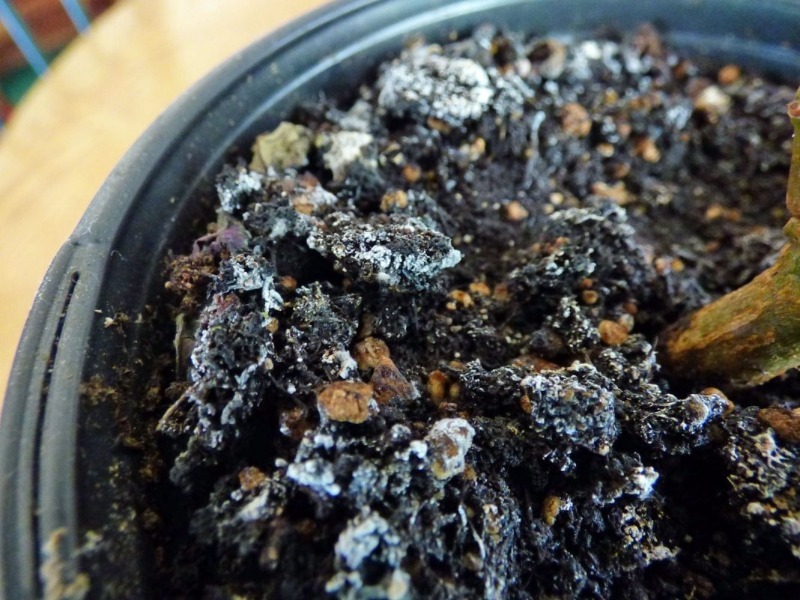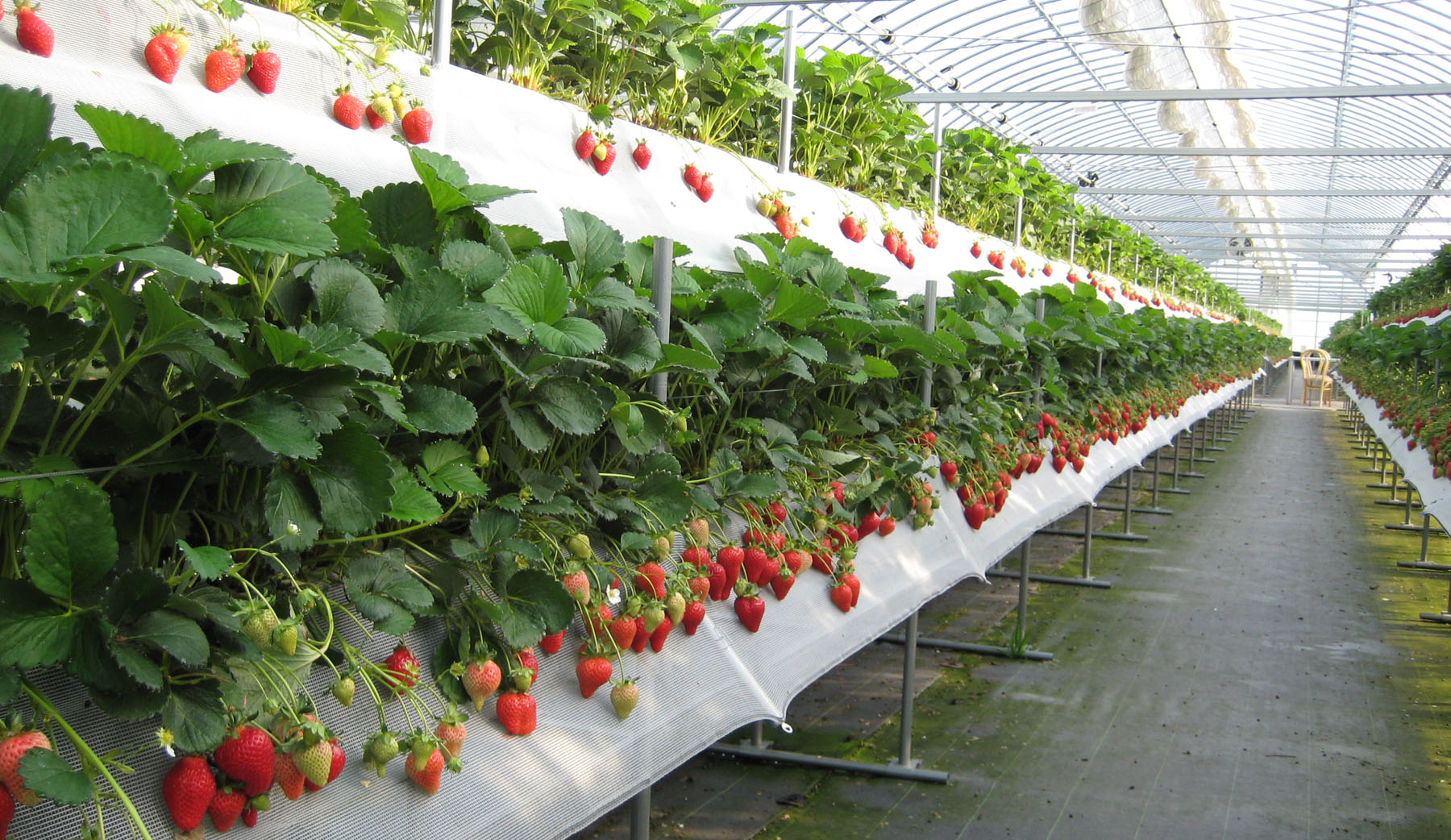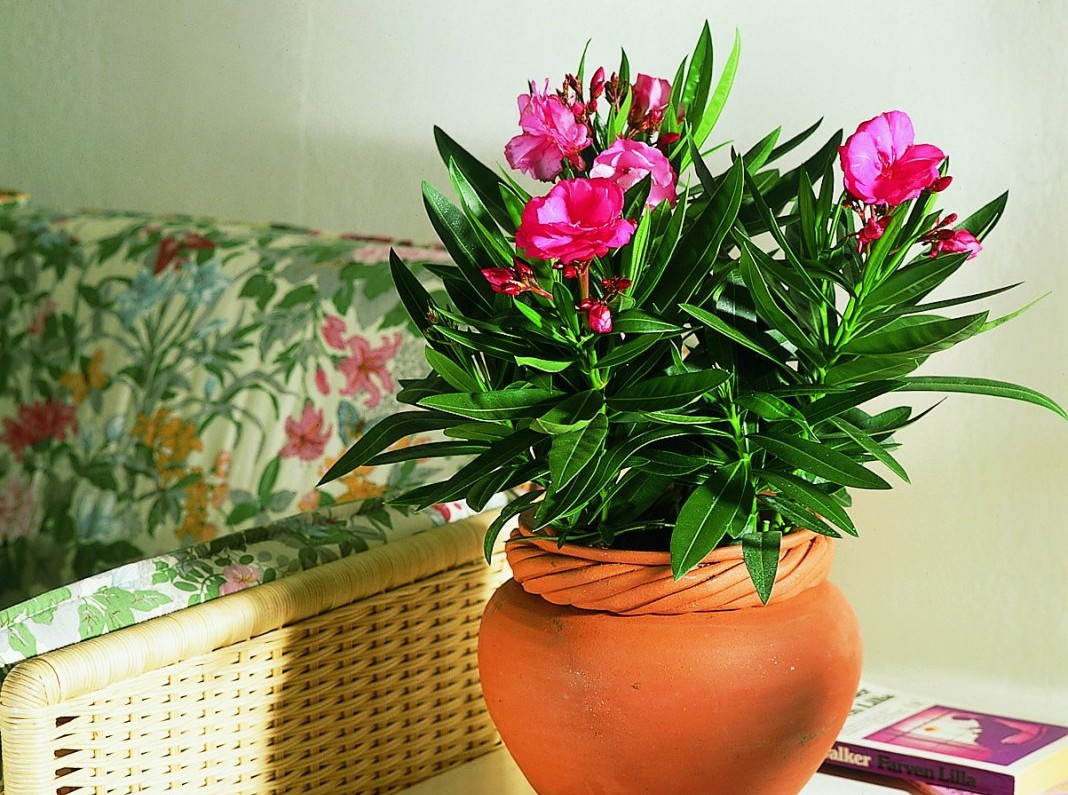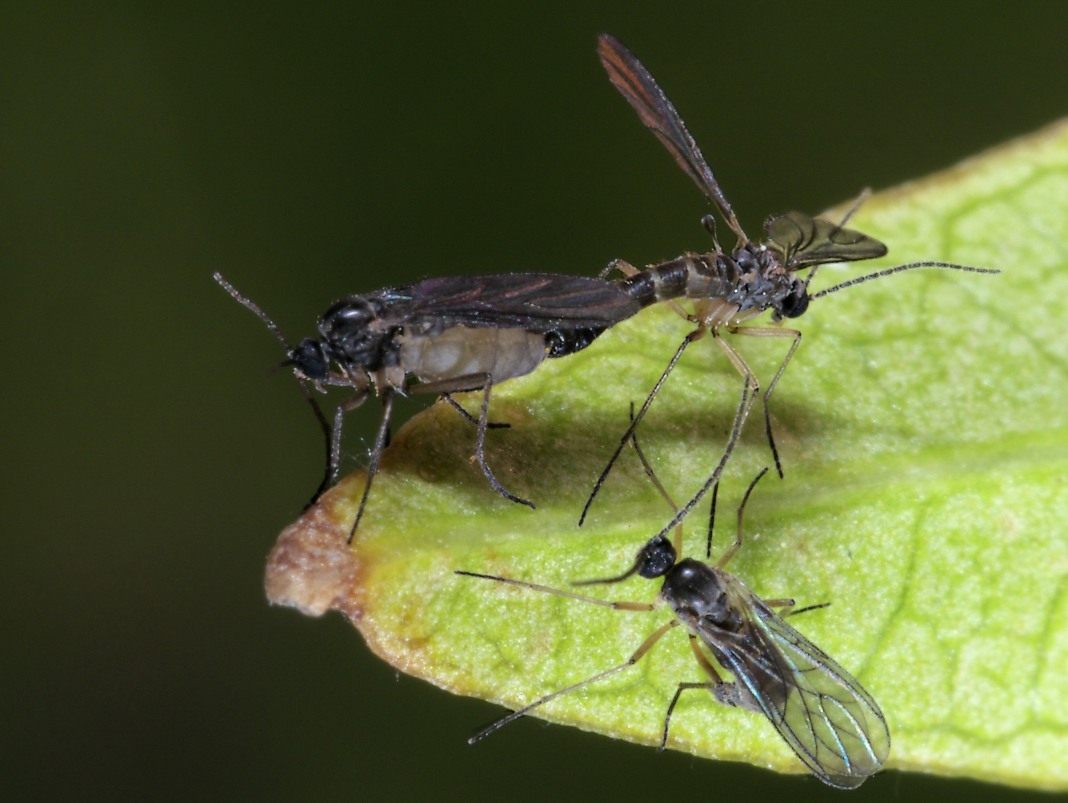One of the problems of flower growers is mold, which parasitizes various parts of plants, affects the soil and even pots. However, there are several effective ways to combat it.

Cool period
In spring and autumn, when the temperature outside the window drops, and the heating is not yet turned on, moisture evaporates weaker and prerequisites are created for waterlogging the soil. In this case, you need to transfer the pot to the warmest room on a stand so that the bottom does not come into contact with the cold windowsill.
You should also reduce the volume and frequency of watering, check the drainage holes in case of blockages, increase the lighting, which will additionally also warm the air.
Lack of sunlight
The length of daylight plays an important role in the life of flora. Nutrients are produced only during daylight hours, and are consumed constantly - for respiration, growth and transpiration (movement of water through a plant and evaporation through leaves, stems and flowers).
The lack of light is made up by placing flowers closer to the window glass on the sunny side, periodically turning them in different directions and illuminating them with fluorescent lamps.
Low temperature
Houseplants suffer from the cold, especially when standing on a stone windowsill. Floricultural wisdom says that plants love to keep their feet warm. This does not mean that they need to be placed on radiators (heat shock and drying out of the soil are possible). A good option is to install a clay or plastic flower bath filled with moistened expanded clay, in which the pots are placed.
The soil temperature should be several degrees higher than the air temperature. Ideal when using a thermostatically controlled heating cable (available from specialist dealers).
On frosty days, it is recommended to hang a transparent film between the glass and the plants.
Excess moisture
Watering plays a decisive role in the well-being of plants. The need for water is not the same for different species. In order not to destroy the plant from excess moisture, it should be watered when the topsoil has dried and turned gray.
The spout of the watering can is placed against the edge of the pot. Saturate the surface with moisture in small portions with an interval of several minutes until it appears in the pan. After an hour, excess liquid is removed. It is recommended to periodically loosen the surface of the substrate gently.
In a hot period, the need for watering increases, in a cool period it decreases. Balance is achieved by reducing the frequency of watering.
Impermeable soil
Potted soil is in extreme conditions as it is constantly watered. At the same time, the soil becomes compacted, moisture is absorbed worse and stagnates, the supply of oxygen to the roots is disrupted. In order to prevent the substrate from caking, impurities are introduced into it: coarse sand, small pebbles, large brick chips, pieces of charcoal, peat, crushed sphagnum.
Attention should be paid to the proportionality of the pot and the plant. A small volume of roots will not fully absorb the entire soil, which also leads to compaction and acidification of the soil.
On the one hand, molds multiply by spores that are found everywhere: in the air, water, soil and on surrounding surfaces.On the other hand, plants have defense mechanisms that help them survive in a hostile environment. Careful attention to indoor plants, adherence to the rules for their maintenance will prevent them from becoming infected with mold.


